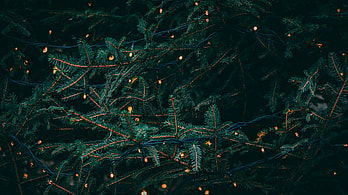
The universe is massive, full of never-ending secrets and new revelations that keep scientists on their toes. While some of these facts can be mind-boggling, others may seem a little strange. If you enjoy learning all about the oddities of the universe, check out these fifteen fun and weird space facts.
15. Mercury’s temperature variation is over 1,000°F
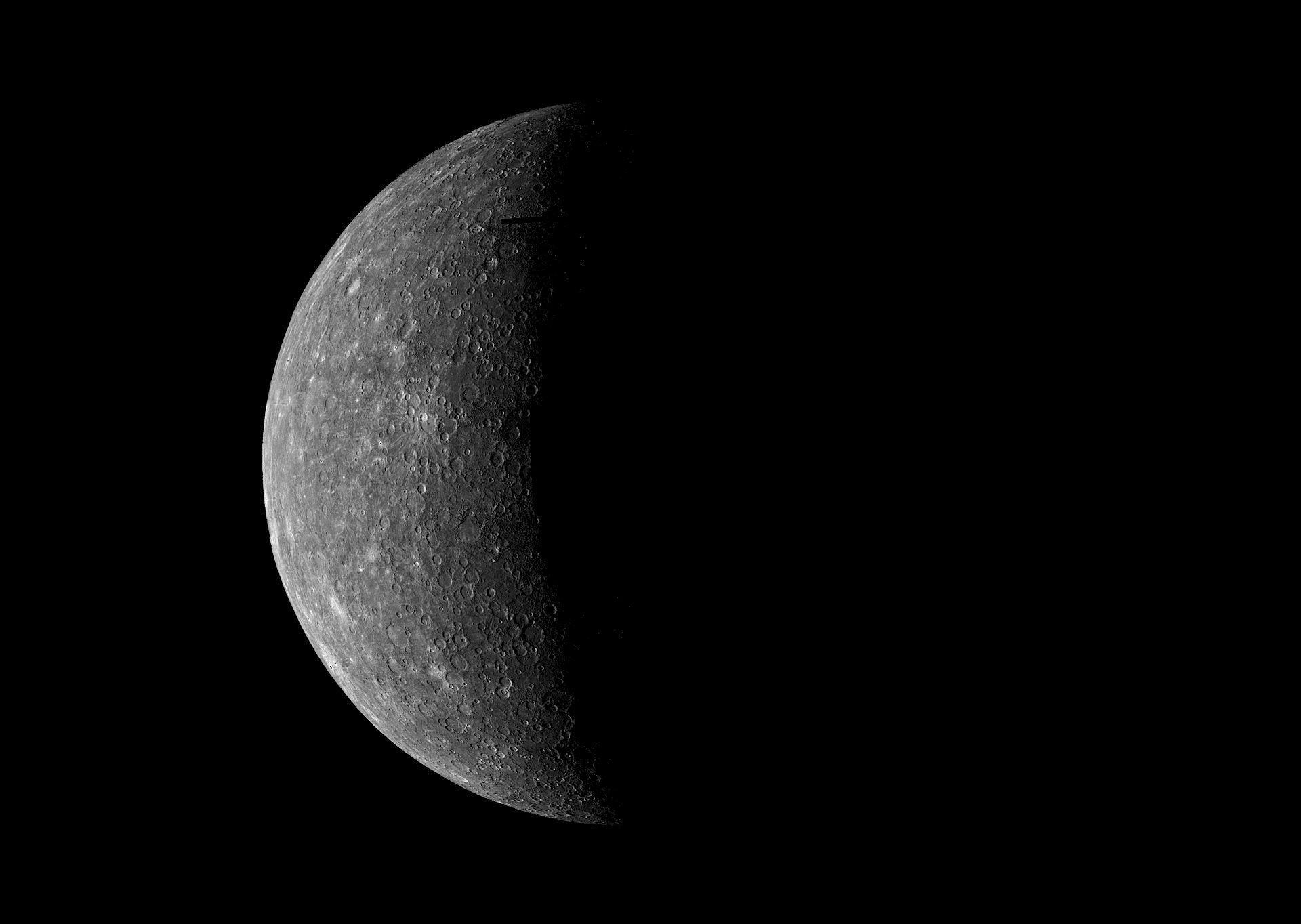
There are a couple of reasons why Mercury’s equatorial temperature ranges from -280°F on its night side and 800°F during the day. Due to its high orbital eccentricity and the planet’s widely varying sunlight intensity and temperature, it makes the surface temperature extremely hostile. Since Mercury also has a small axial tilt, the planet’s poles are permanently shadowed, leading some scientists to believe there may be water ice present in the pole’s craters.
RELATED: Top 5 Space Conspiracy Theories: From Planet Nine To Mars
14. Only 4.6% of the Moon’s features are not craters
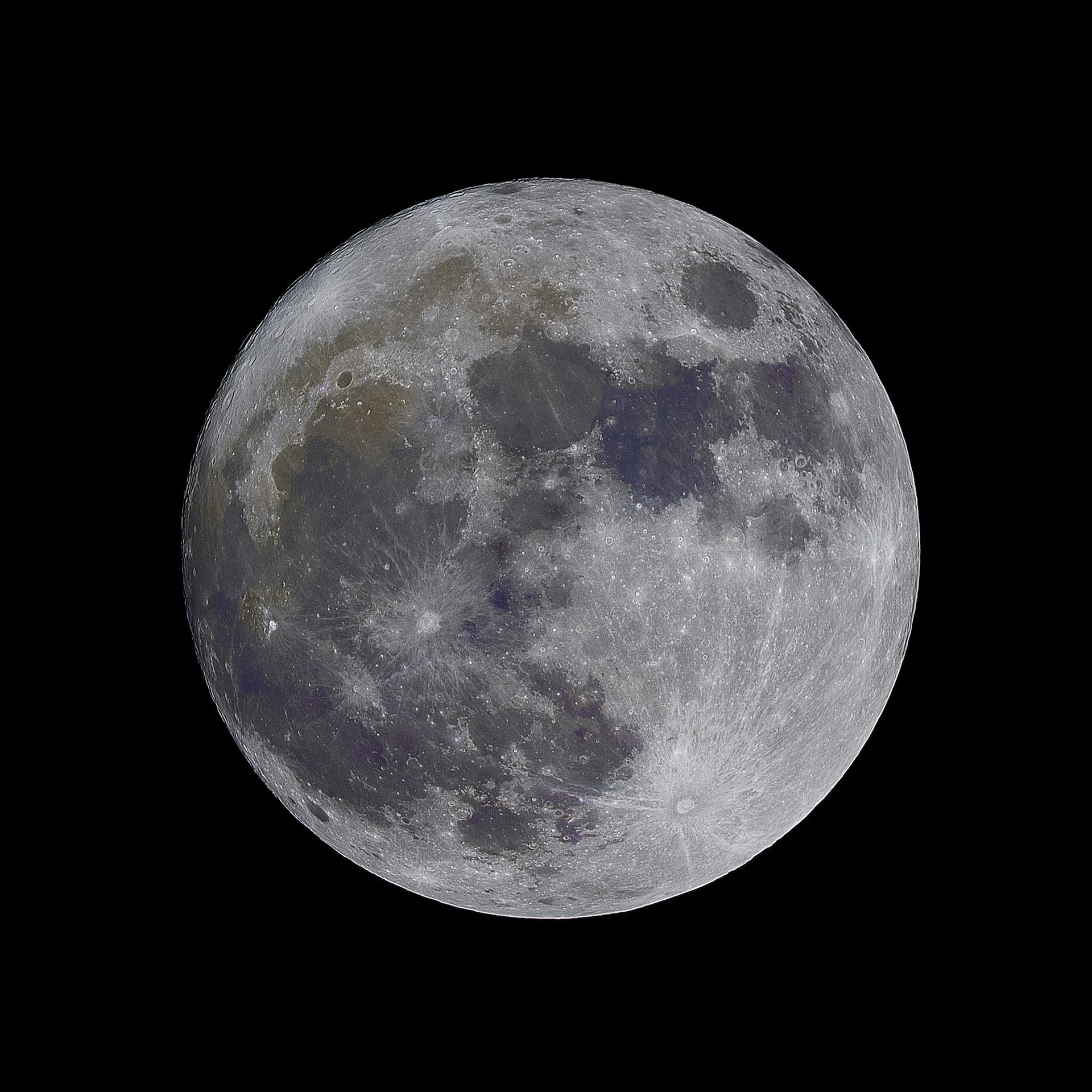
When you look at the Moon craters are the first thing you will see. As a matter of fact, of the 9,113 official features present on the Moon, only 421 of them are not craters. These other features include mountains, valleys, and maria, which are wide flat areas that look like seas but are most likely solidified rock.
13. Heat from the Big Bang is still around today
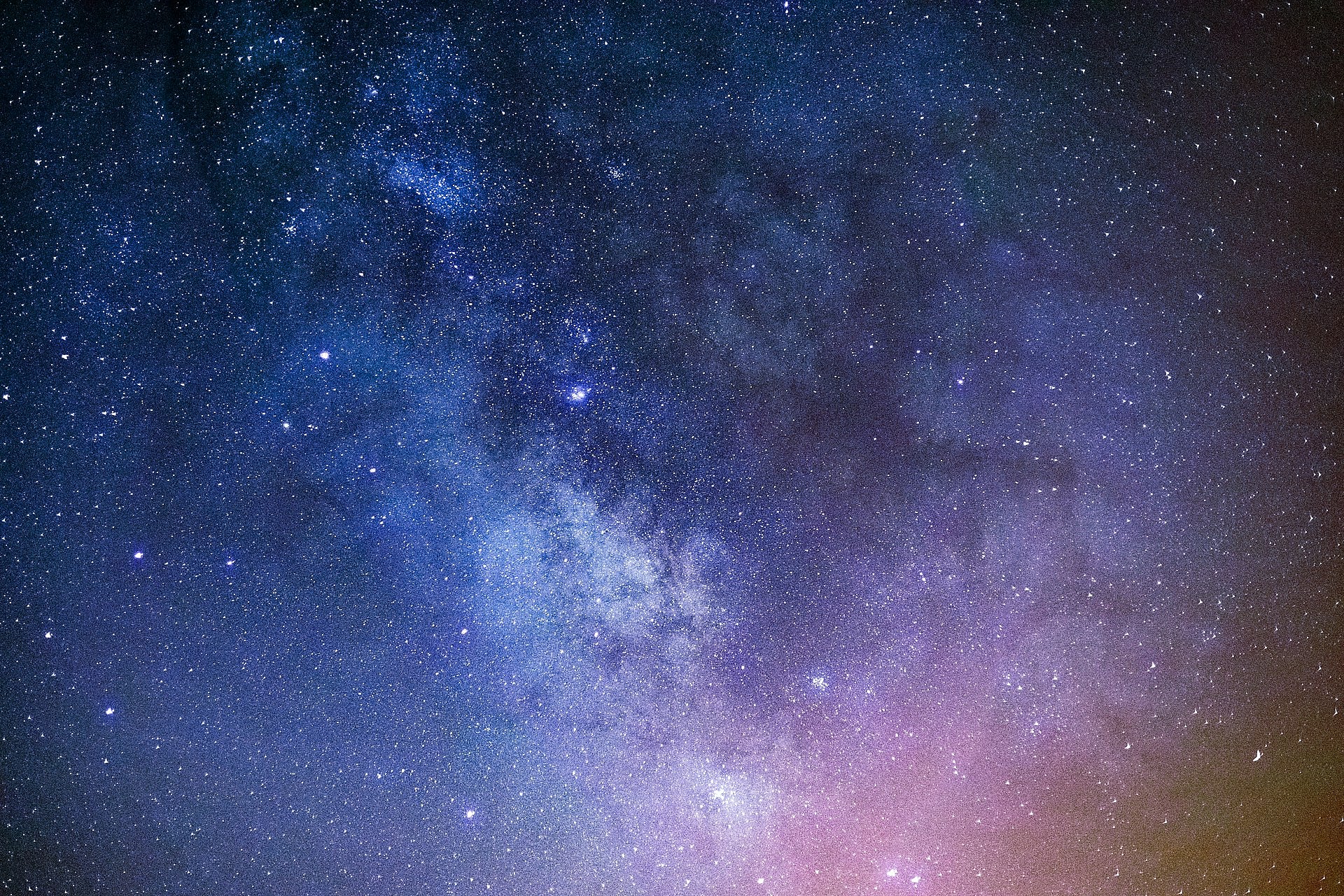
You’ve probably heard of the Big Bang at least once in your science class when ionized gas cooled enough to allow atoms to form. What you might not know is that some of the radiation from the event is still around today, and is known as the cosmic microwave background (CMB). Though it can’t be seen with the naked eye, missions including ESA’s Planck satellite and the WMAP have viewed it with microwave light.
CHECK OUT: 5 Most Expensive Space Programs In History
12. Jupiter’s magnetic field is bigger than the Moon
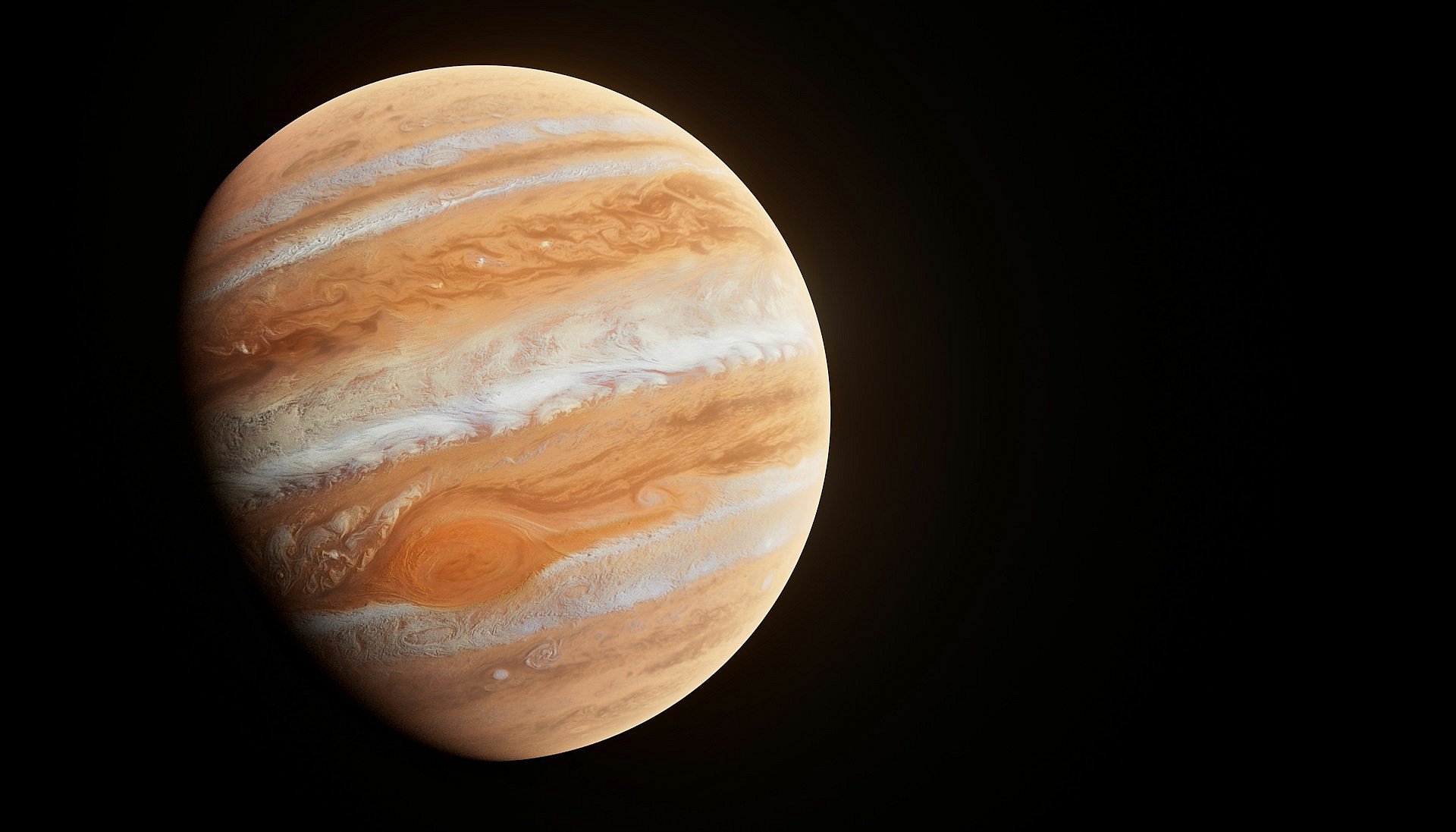
Each planet in our Solar System has a magnetosphere or the magnetic field around it. These range in size due to many factors, including being shaped by the charged particles coming from the Sun. The largest magnetosphere in the Solar System belongs to Jupiter, which is bigger than the Moon. This is due to Jupiter rotating very fast, having a strong magnetic field, and the solar wind being slower at Jupiter than Earth.
ALSO READ: 5 Space Missions That Ended In Disaster: From Challenger To Apollo
11. You could survive a couple of minutes in a leaky spacesuit
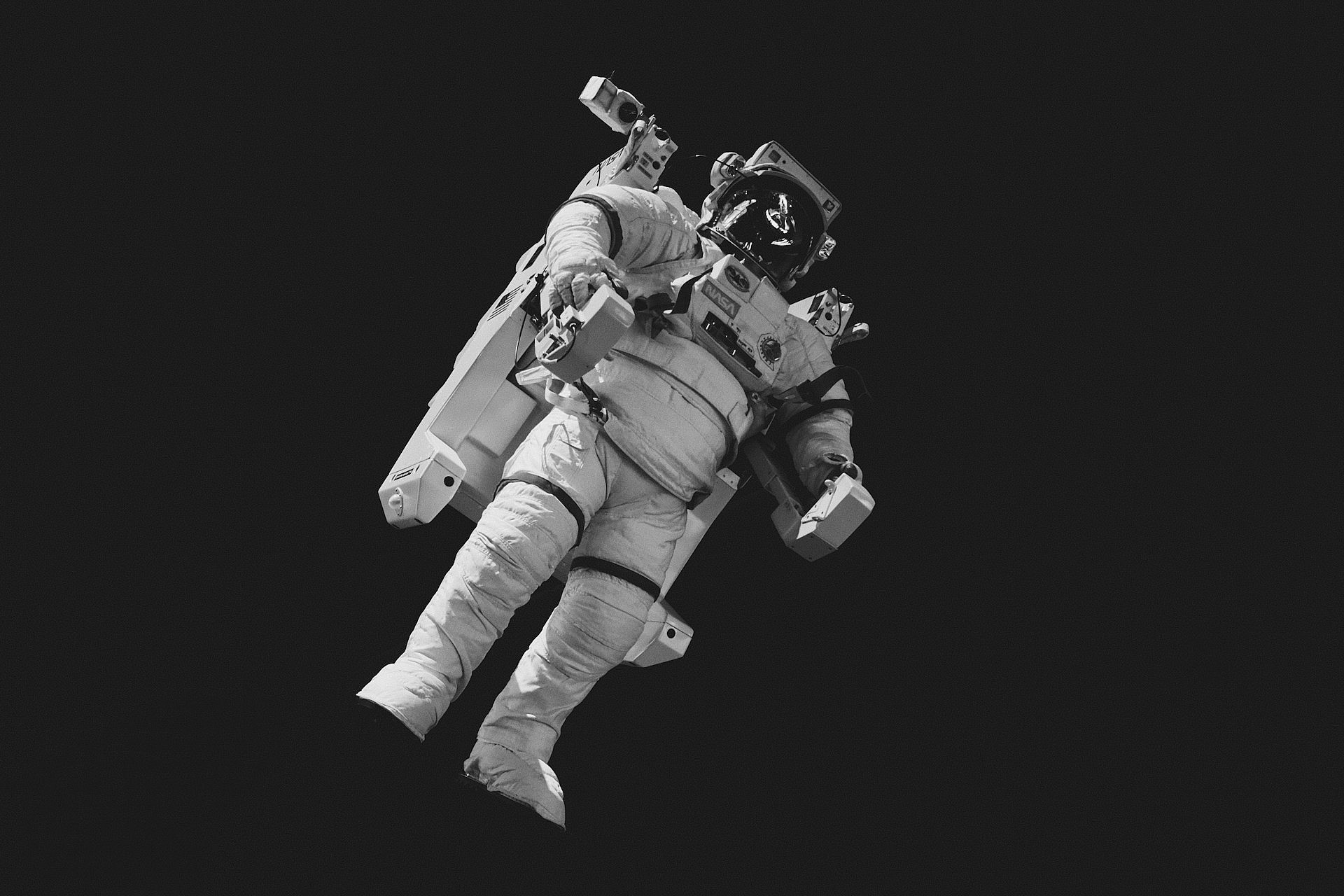
Contrary to several space movies, you can survive for a couple of minutes with a leaky spacesuit, though it would be unpleasant. It would take ten seconds to lose consciousness, and the vacuum would cause your blood to boil, but that alone would not be fatal. Only after one to two minutes would the lack of oxygen be deadly.
10. Space is completely silent
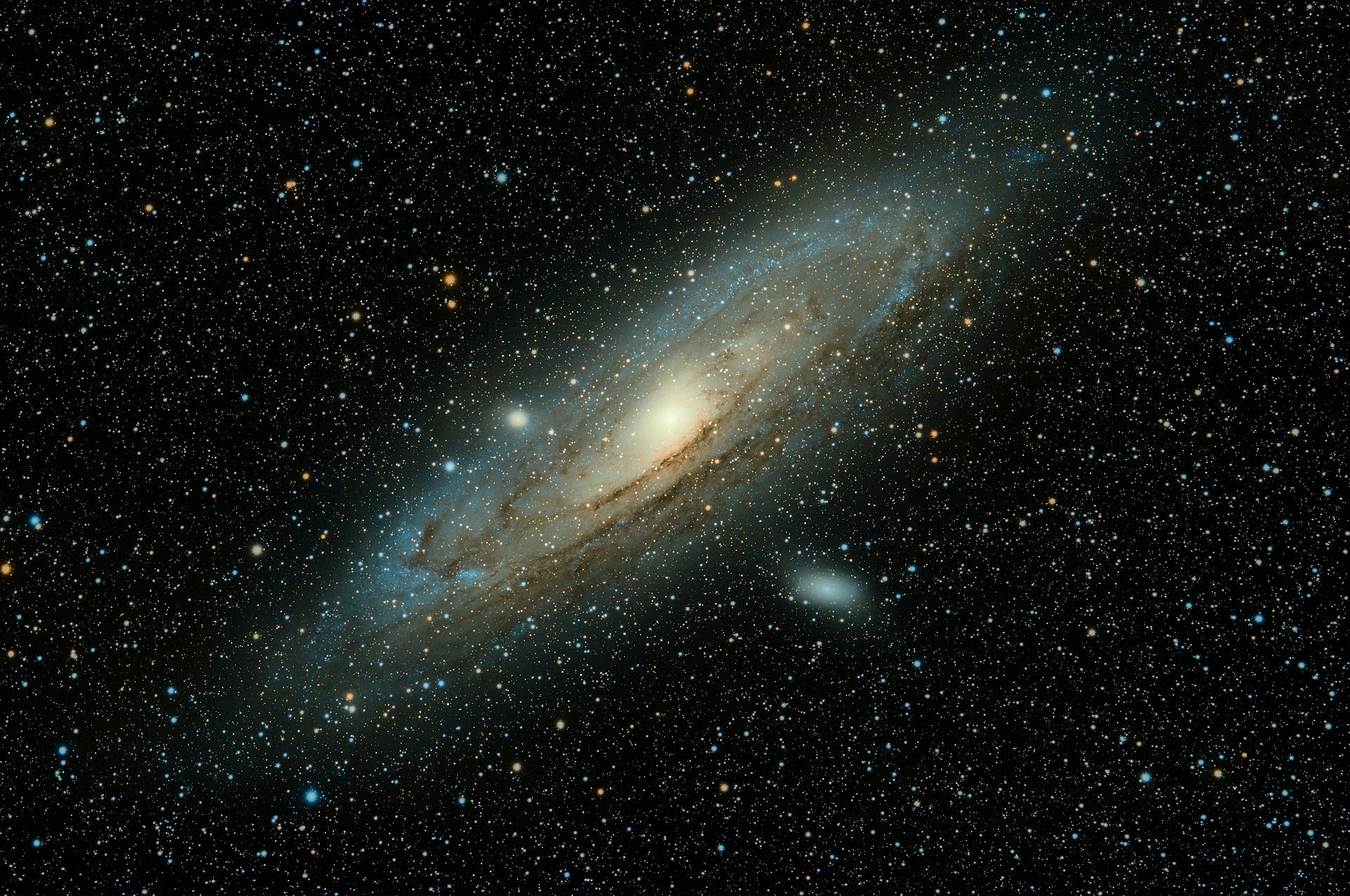
You might have known this weird space fact already, but space is truly silent. For sound waves to work, they need a medium to travel through, like atmosphere and air pressure. Since there is no atmosphere in the vacuum of space, there will never be any sound between the stars. So, if a planet has an atmosphere and air pressure, it probably has plenty of noise just like Earth.
CHECK OUT: Best Telescopes for Astrophotography No Matter Your Skill or Budget
9. A day in Mercury is twice as long as a year
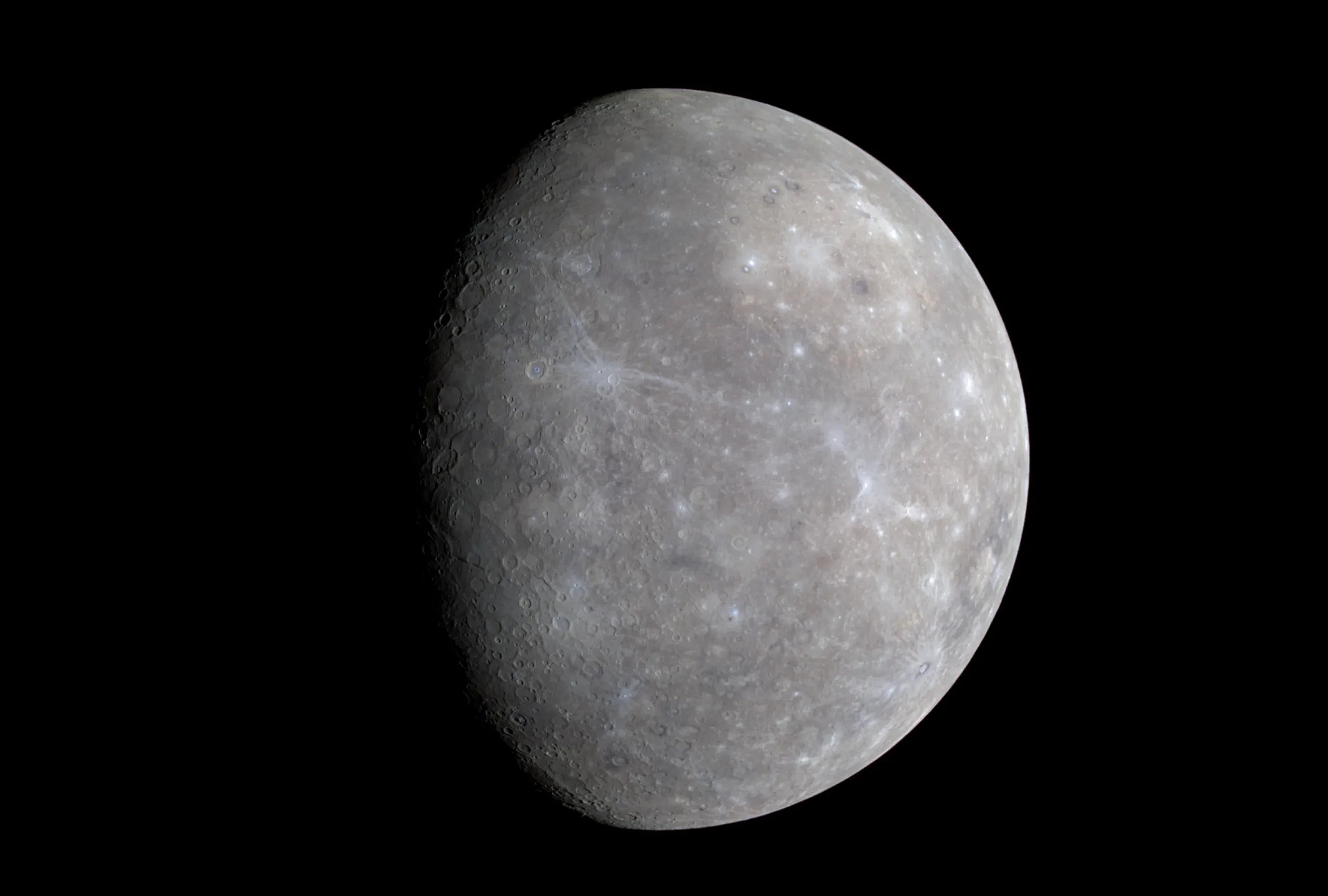
This fact doesn’t make much sense at first until you look at the science. Technically, a Mercurian day lasts 59 Earth days, while a Mercurian year lasts 88. However, Mercury has a very eccentric orbit and alignment with the Sun, causing the length of time from sunrise to sunrise (solar day) to be equal to 176 Earth days. This is twice as long as a Mercurian year.
READ MORE: 15 Best Telescopes To See Planets in 2024
8. Planets can wander through space
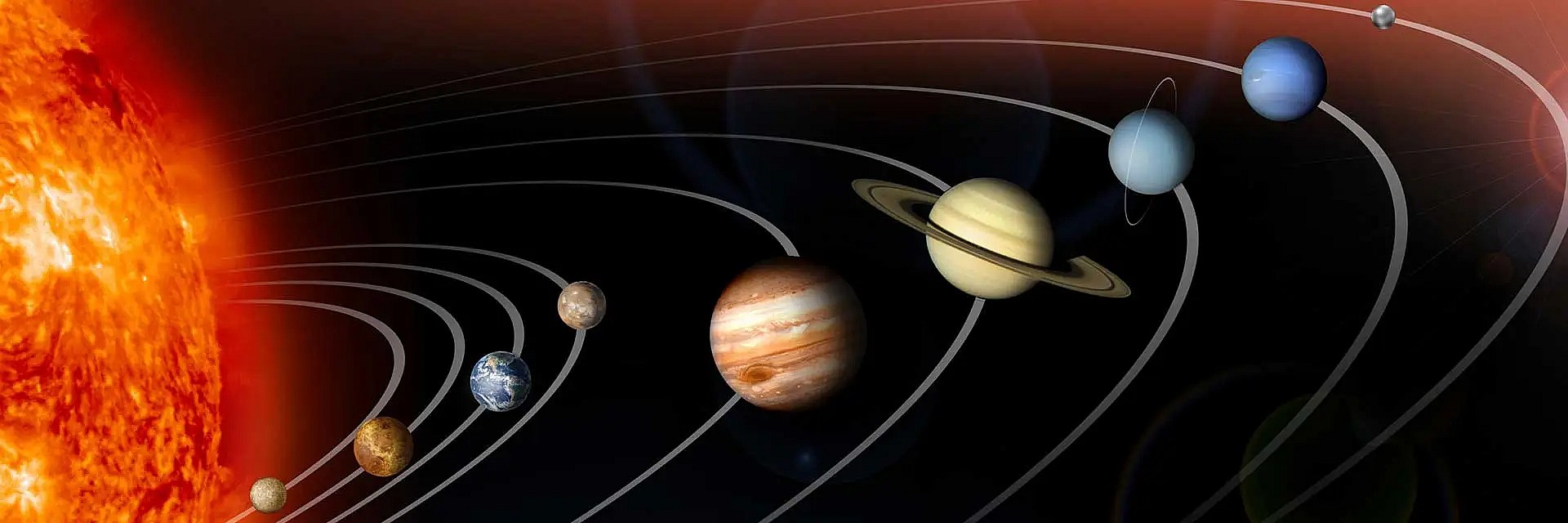
Just because our planets stay in orbit around the Sun mean that all planets do. Astronomers have estimated that there could be more than 200 billion planets floating free and drifting through the Milky Way. While some may have been kicked out of their home systems, others are thought to have been formed from the collapse of tiny clouds called globulettes.
7. Vast amounts of water have been found in space

There might be more water in our universe than we think. Three of Jupiter’s moons and two of Saturn’s are thought to have underwater seas full of water, making Earth’s oceans just one of many places to find the resource. The most water ever discovered in the universe though is next to a black hole around 12 billion lightyears away. The region surrounding the star contains large amounts of water vapor, equaling around 140 trillion times the volume of water in Earth’s oceans.
CHECK OUT: 20 Most Dangerous Places in the World
6. Black holes give off light
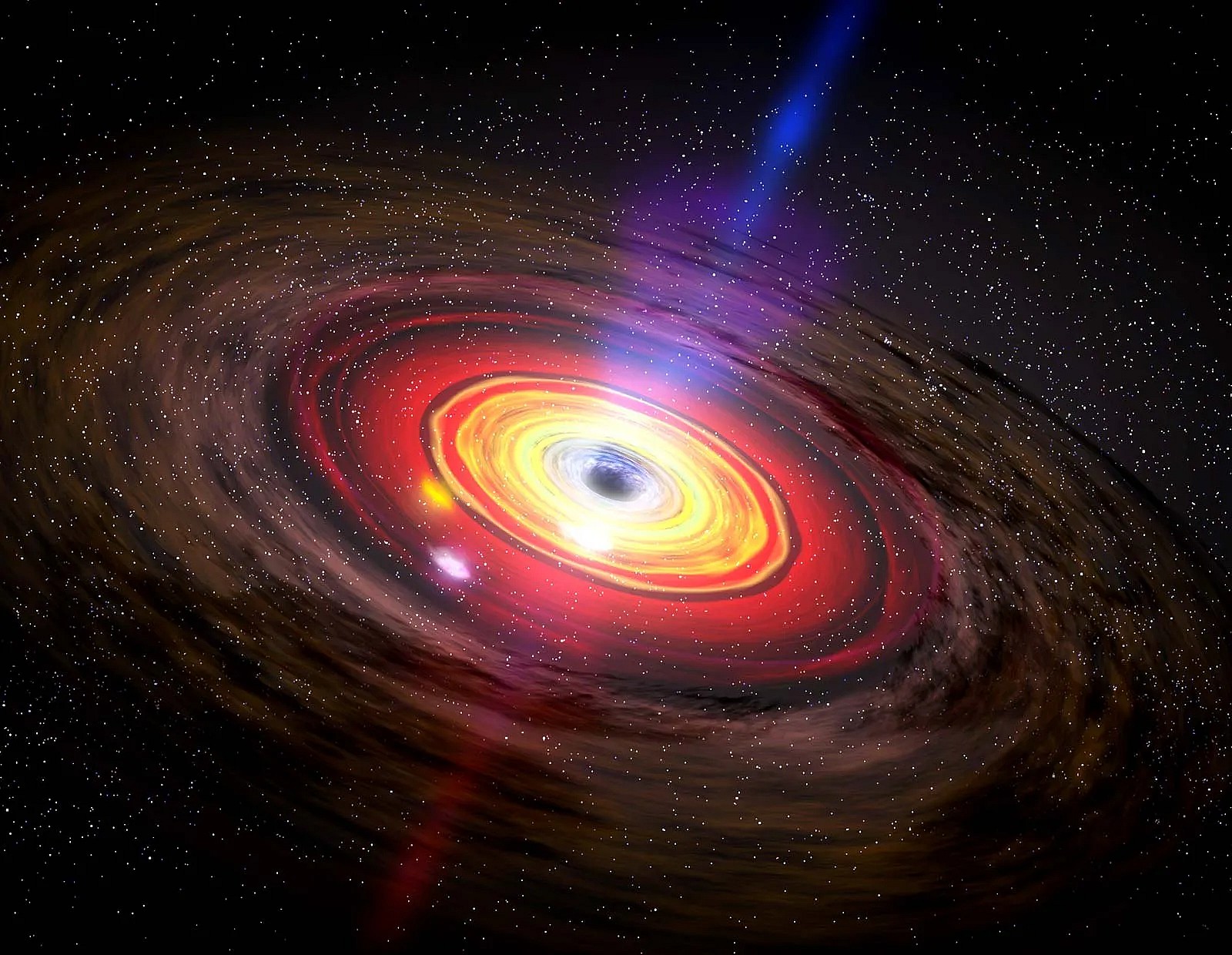
Black holes are powerful objects in the universe, with such a high density that not even light can escape their gravitational pull. But they still can shine brightly. How? When cosmic material falls into the black hole, it creates an accretion disc that swirls around it. The material gets so hot it glows, creating the light that occurs just outside of the event horizon.
ALSO READ: 7 Most Dangerous Roads In The United States
5. Venus spins backwards
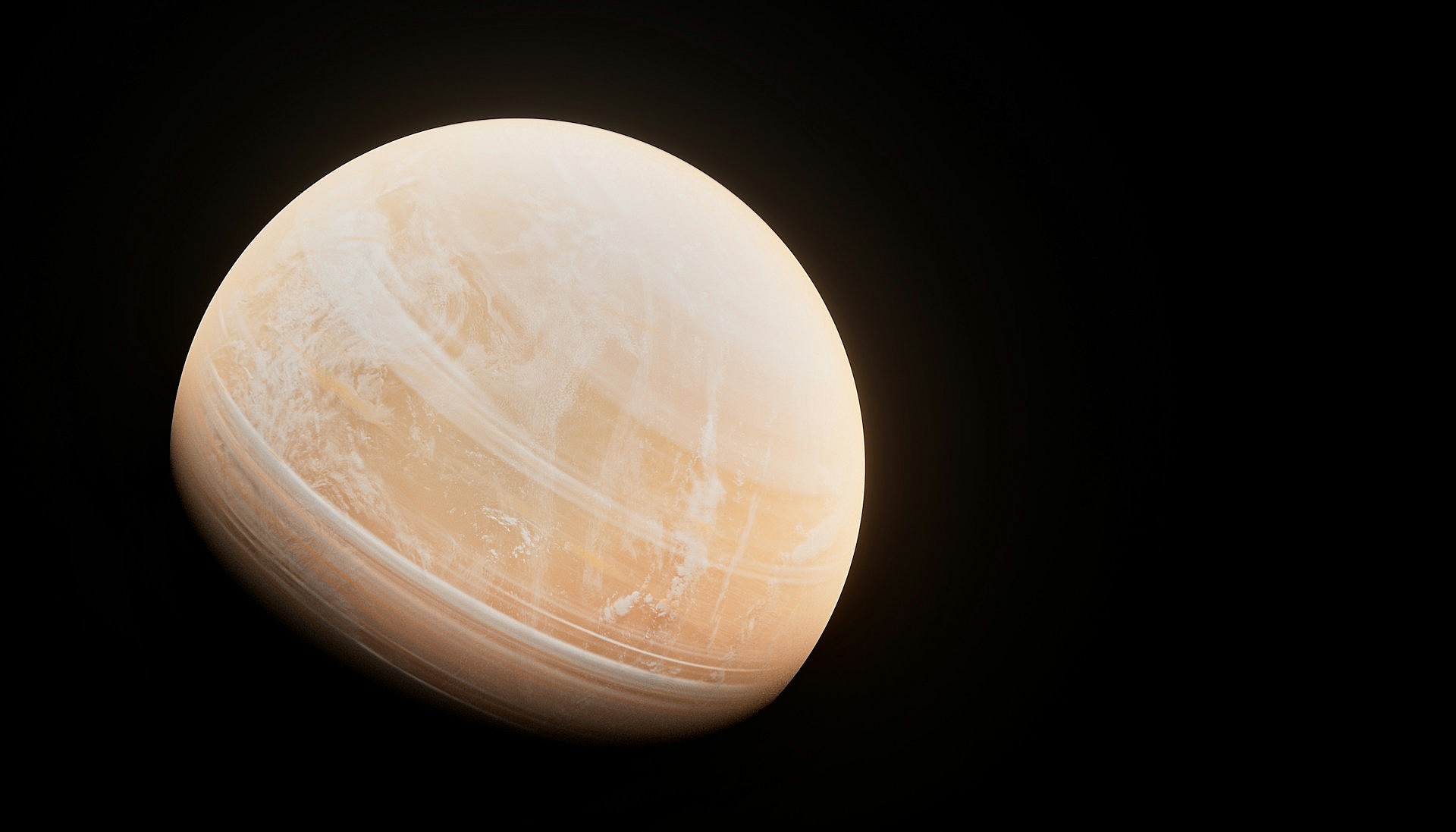
Out of all the planets in our Solar System, only Venus spins in the opposite direction. One of the more puzzling aspects about our Solar System, there is no confirmed reason as to why Venus spins backward compared to the others. Similar to Mercury, since the planet rotates slowly a Venusian day (243 Earth days) is longer than the Venusian year (225 Earth days).
4. 1 teaspoon of a Neutron star weighs the same as the human population
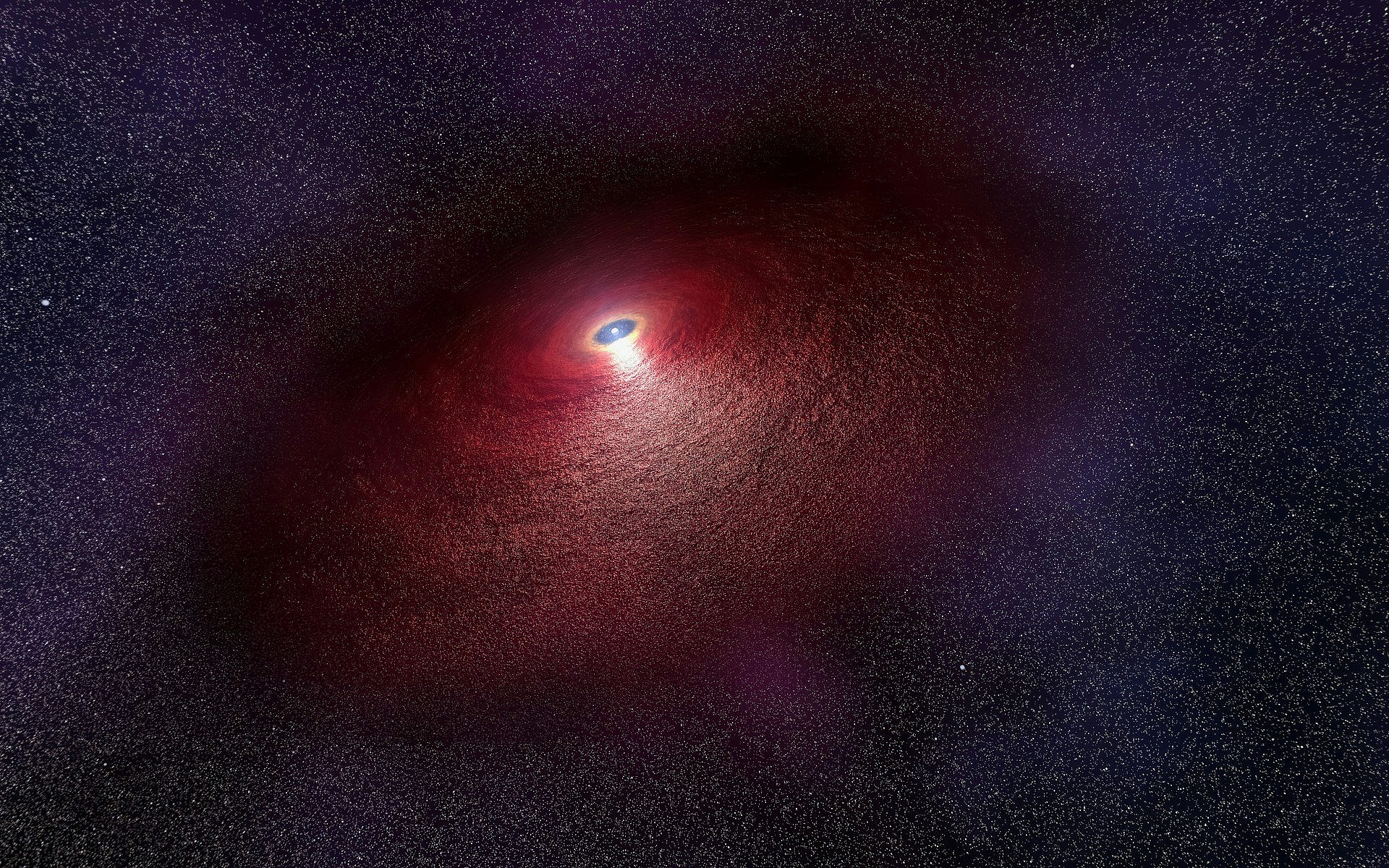
Neutron stars are extremely dense, with each star composed almost entirely of neutrons packed together in a tiny radius. One teaspoon of the material weighs over a trillion kilograms – more than the weight of the entire human population, which is only a few hundred billion kilograms. To put it in perspective, to make something as dense as a neutron star, the entirety of humanity would have to be compressed into a space the size of a sugar cube.
CHECK OUT: 7 Longest Roads In The World: From The U.S. To Australia
3. The Moon is lemon-shaped

Though the Moon looks like a perfect circle in the night sky, it is less than a circle than we think. The Moon is shaped more like a lemon, with flattened poles and bulges on the near and far side of its equator. Scientists believe that the strange shape was created during interactions with Earth soon after its formation.
READ MORE: 10 Biggest Stock Market Crashes in History
2. Stars don’t twinkle
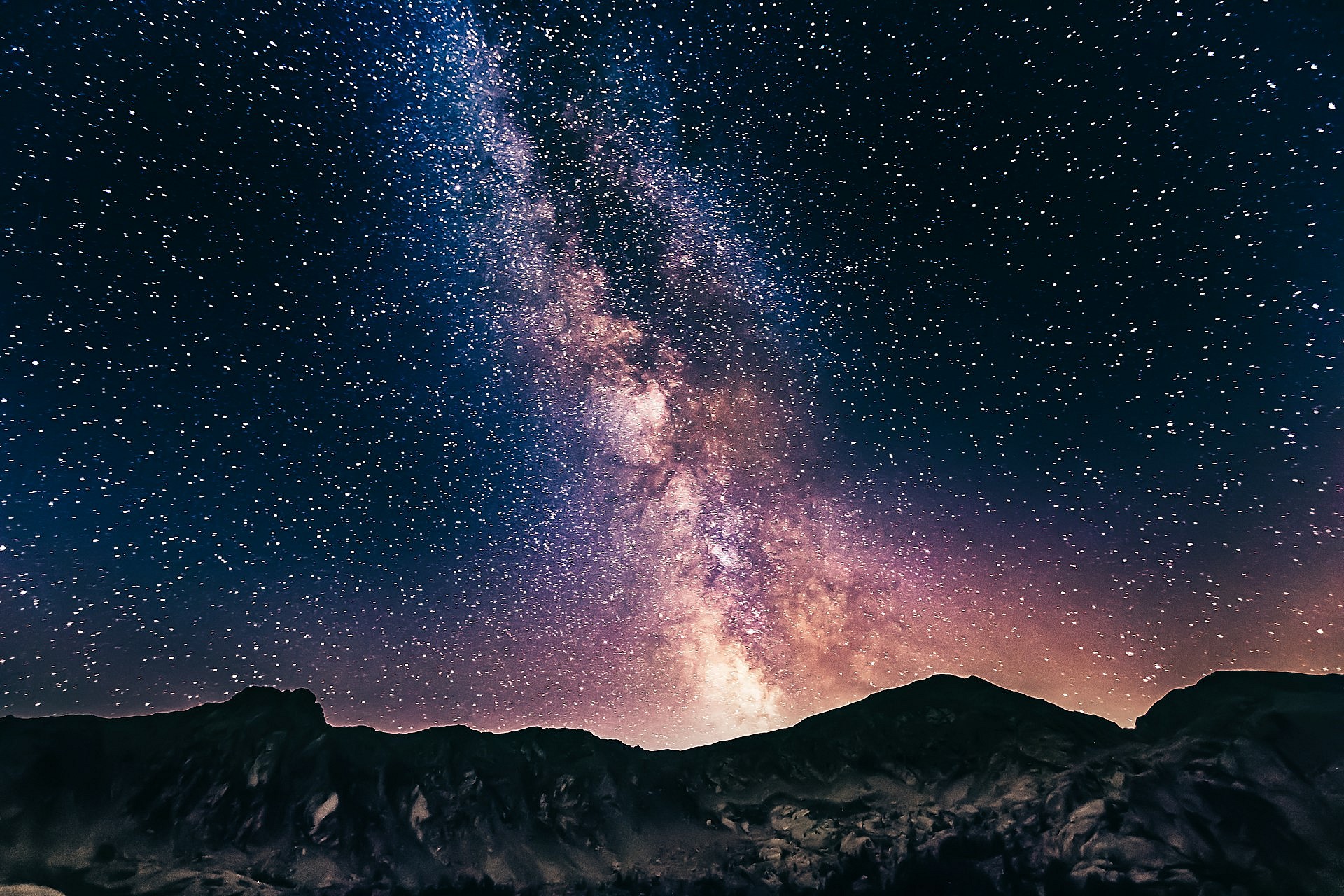
When we stand on the ground and look up at the stars, they often twinkle. But if you were in space, this would not happen. Stars twinkle due to the effects of the Earth’s atmosphere. As the star’s light enters the atmosphere, it is affected by wind, temperature, and density, causing the light to twinkle.
1. The Milky Way smells of rum, raspberries, and booze

Did you know there’s a smell to the Milky Way? While astronomers were exploring a giant cloud of gas at the center of the Milky Way in 2009, they made an unexpected discovery. The cloud was packed with a chemical known as ethyl formate. Two of the most intriguing properties of ethyl formate are it’s responsible for giving raspberries their flavor, and it smells like rum.
Another region nearby is full of ethyl alcohol, which you may know as ethanol, the stuff that makes alcoholic beverages.

